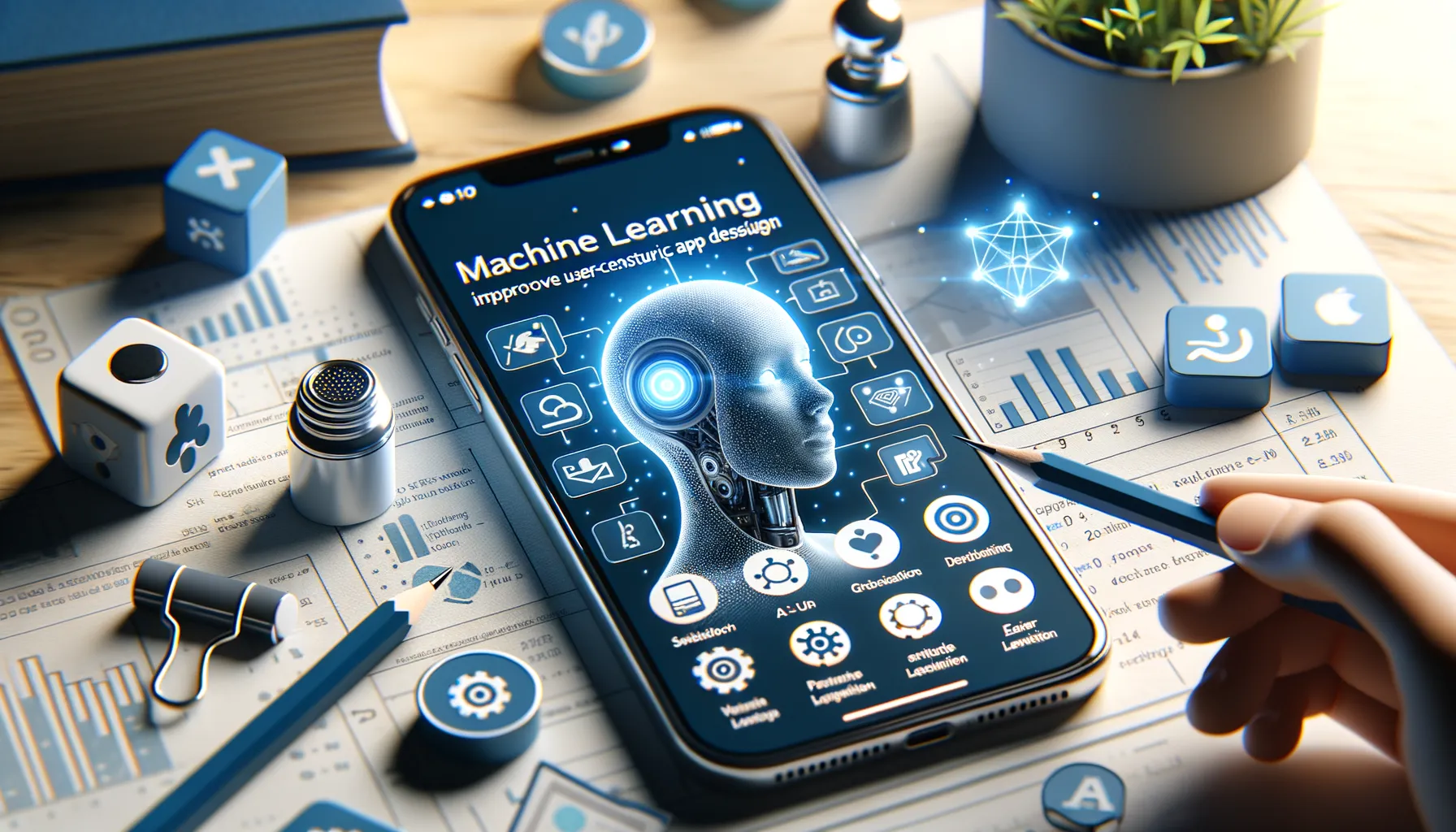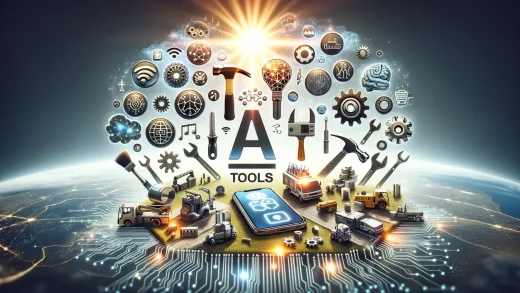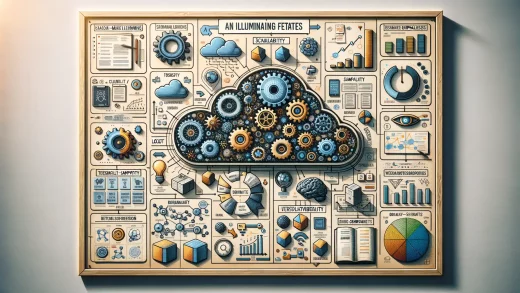Understanding How Machine Learning Enhances Personalization
Unveiling the Magic Behind Hyper-Personalized Experiences
Imagine opening an app where every recommendation feels like it was handpicked for you—like a best friend who just *gets* your taste. That’s exactly the sorcery that machine learning brings to personalization. But how does it work? Well, think of it as a super-smart detective analyzing every clue about your behavior: your clicks, swipes, searches, and even pauses.
With this treasure trove of data, algorithms can learn what you love, predict your preferences, and even surprise you with things you didn’t know you needed. For instance:
- Your favorite streaming app predicts the next show you’ll binge-watch (and it’s *spot on*, isn’t it?).
- An e-commerce platform serves up a pair of shoes so perfect, it’s love at first scroll.
- Fitness apps nudge you with workout plans tailored to your mood and goals.
The cool part? These systems don’t just react—they evolve. Over time, machine learning models refine themselves based on your changing habits. It’s like having a personal assistant who grows increasingly attuned to your needs without being told.
How Data Becomes a Personalized Powerhouse
At its core, machine learning thrives on the whispers of data. It observes patterns—like your late-night food cravings or morning podcast obsession—and uses these insights to craft solutions unique to you. The technology behind this involves complex techniques like neural networks, supervised learning, and recommendation engines, which give apps the ability to unlock an experience that feels seamless yet almost eerily intuitive.
The result? Apps that feel less like tools and more like partners. Isn’t it remarkable how technology can transform cold numbers into something that feels warm, approachable, and *you*?
Key Techniques and Methods in Personalized App Development

Crafting Tailored Solutions With the Power of AI
Personalized app development is like stitching a custom-fitted suit. It requires precision, imagination, and a toolbox brimming with innovative techniques. Among these tools, **machine learning algorithms** stand as the master craftsman, turning raw user data into delightful, bespoke experiences.
Here’s where the magic happens: developers use techniques like **collaborative filtering** (great for predicting preferences!) to serve users what they didn’t even know they wanted. Think about recommendation systems—like when your favorite streaming app suggests that perfect movie for your Sunday night. That’s the handiwork of collaborative filtering.
But we’re only scratching the surface. Want to go deeper? Let’s talk **natural language processing (NLP)**. This tech lets apps understand you, even if you’re just casually typing in chat or performing voice commands. NLP doesn’t just listen—it “gets” you, creating an interaction so seamless it feels like the app is reading your mind.
- Behavioral analytics: Tracking clicks, swipes, and scrolls to uncover hidden patterns.
- Dynamic interface adaptation: Apps morph in real-time to match your unique style.
Each method adds to the symphony, ensuring the app grows and learns with you over time. Isn’t it amazing how tech can feel so… human?
Benefits of Machine Learning in User-Centric App Design

Transforming Apps into Smart Companions
Ever felt like an app knows you better than your best friend? That’s the magic of machine learning in action! By diving into data patterns and user behavior, machine learning transforms apps from simple tools into intuitive, almost-sentient experiences. Imagine opening a fitness app that doesn’t just track your steps but suggests tailored workout plans based on your energy levels, location, and even weather forecasts. It’s not just personalization—it’s relevance at its finest.
Why does this matter for user-centric design? Because people crave connection—even with their tech. Machine learning delivers this by converting cold, hard data into warm, human-like suggestions or actions that feel truly designed *for you*. From predicting when you’ll need a reminder to order milk to curating playlists that seem to read your mood, these apps aren’t just functional; they feel alive.
Breaking Down the Benefits
- Adaptability: Apps powered by machine learning grow with you, evolving based on your habits and preferences over time.
- Efficiency: Say goodbye to manual searches—apps anticipate your needs, saving both time and effort.
- Engagement: Personalized features keep users coming back, creating loyalty through value-driven interactions.
- Problem-solving: Machine learning can preemptively address user pain points, like suggesting solutions before you even realize there’s an issue.
In essence, machine learning turns apps into companions that anticipate, adapt, and astonish. Isn’t that exactly what great design should do?
Challenges in Implementing Machine Learning for Personalization

Data Overload: The Hidden Struggle
Imagine trying to sip water from a firehose—that’s what handling data for machine learning often feels like. When it comes to personalization, the sheer volume of user data can be overwhelming. Think clicks, swipes, search terms, purchase history—the list is endless. But here’s the catch: not all data is good data. Cleaning and organizing this digital chaos into something useful can be like finding a needle in a haystack.
Plus, there’s the little issue of balancing between too much personalization and not enough. Over-personalization? It might make users feel like their app knows *too* much about them, triggering privacy concerns or even mistrust. Too little, and you’re back to square one—bland and generic user experiences.
Technical Hurdles and Human Realities
Even with the smartest algorithms, machine learning isn’t magic. Some common speed bumps include:
- Algorithm bias: If the data used to train your model isn’t diverse, the results will mirror those gaps.
- Real-time processing: Enabling apps to make split-second decisions for millions of users requires serious computing muscle.
- Integration headaches: Making machine learning fit like a puzzle piece into your app’s existing architecture isn’t always seamless.
And let’s not forget: human emotions are unpredictable. Personalization might deliver relevant content, but how users *feel* about that content can defy logic, creating an ever-shifting target for developers.
Future Trends in Machine Learning for App Personalization

Emerging Innovations Shaping App Personalization
The future of app personalization through machine learning isn’t just exciting—it’s downright transformative. Imagine apps that don’t just respond to what you need but anticipate it before you even ask! That’s where we’re heading, thanks to some jaw-dropping innovations.
One trend already bubbling under the surface is the use of real-time behavioral analysis. Picture this: you open a fitness app, and it notices you’ve been skipping your morning jogs. Instead of nudging you with generic reminders, it adapts dynamically—offering you short, customized yoga routines for your living room instead. Context-awareness like this could redefine personal engagement.
Another fascinating leap? The integration of federated learning, where apps get smarter without invading your privacy. Your data stays on your device, but collective insights from thousands of users still help improve recommendations. It’s like your app learning from others’ experiences, while keeping yours safe in its own little bubble.
- Hyper-personalized storytelling for content apps
- Cross-platform consistency—apps linking behaviors between your phone, smartwatch, or even your car
Honestly, it’s like turning your digital tools into trusted companions rather than just software.



